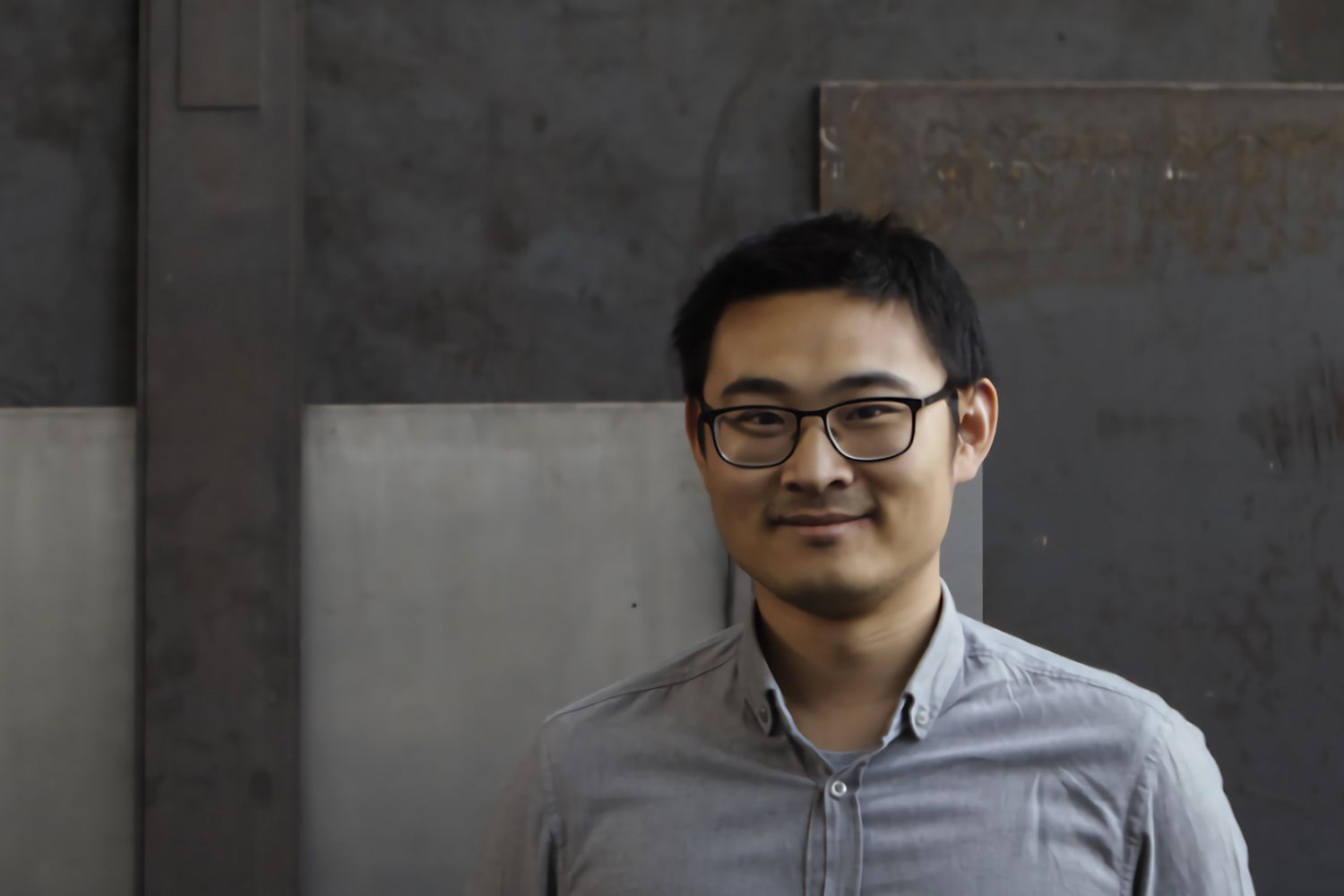How long does a tired bridge last? A short portrait of Anzhi Wang from the Research Training Group 2075
Bridges, both steel and concrete, can fail due to aging. Mechanical aging includes fatigue. Anzhi Wang is conducting research on this in Research Training Group 2075 ”Modelling the constitutional evolution of building materials and structures with respect to aging” in the Core Research Area “Future City”. The doctoral student is developing an evaluation method for the “Lifetime prediction of steel components under high-cycle fatigue using areal strain measurement”. We introduce the research assistant of the Institute of Steel Structures in a short portrait.

Anzhi Wang is doing research in the Research Training Group 2075 on how the material condition of a steel structure can be assessed. Picture credits: Institute for Steel Structures/TU Braunschweig
Who are you and what is your research topic?
My name is Anzhi Wang, I come from China and studied civil engineering at TU Braunschweig. I am now continuing my work at TU Braunschweig and doing research on material status assessment for existing steel structures at the Institute of Steel Structures.
Which research question are you working on?
Many structures around the world, especially bridges, are under fatigue load. Fatigue causes the aging of structures to accelerate. When a structure is “too old”, it loses its designed functions. Therefore, the structure should be assessed. Material status, among other things, is important but difficult to assess. With the help of various digital optical measurement methods, we can perform non-destructive “mechanical tests” on structural components and determine the material status.
What inspires you about your research?
I am especially excited about the possibility of developing an assessment method that could probably be used in the future. In addition, I am also excited about learning and trying different methods and techniques to solve the scientific problem during my research time.
Why is your topic relevant to the Future City?
Digitization is very important for the future management of structures. Not only the geometry but also the material of a structure should be digitally documented. Non-destructive material status assessment can contribute a lot to the documentation of existing structures.
What is special about participating in the Research Training Group “Modelling the constitutional evolution of building materials and structures with respect to aging”?
The structural supervision of several professors and the regular exchange with colleagues who work on more or less similar topics, but with different methods or techniques.
